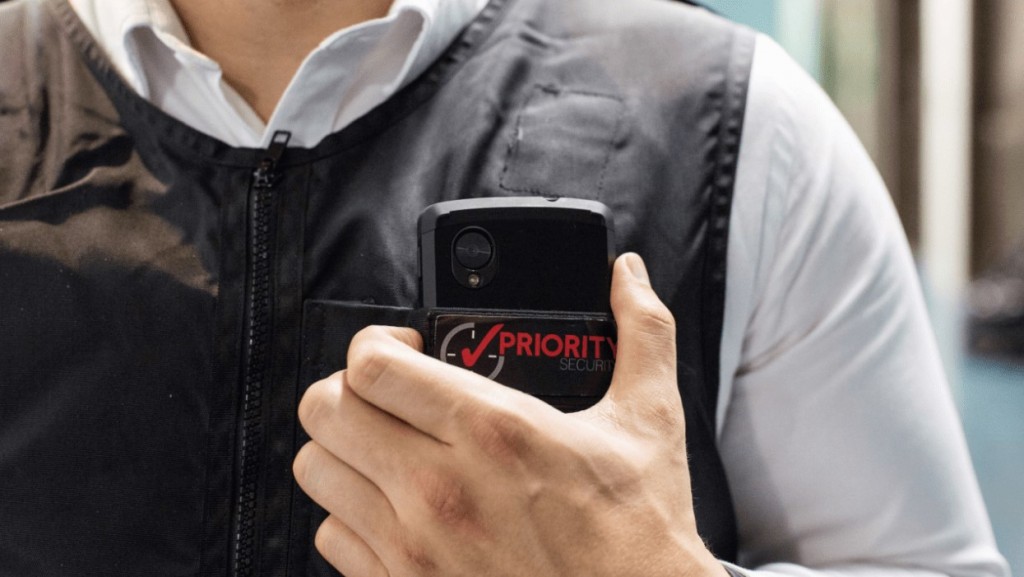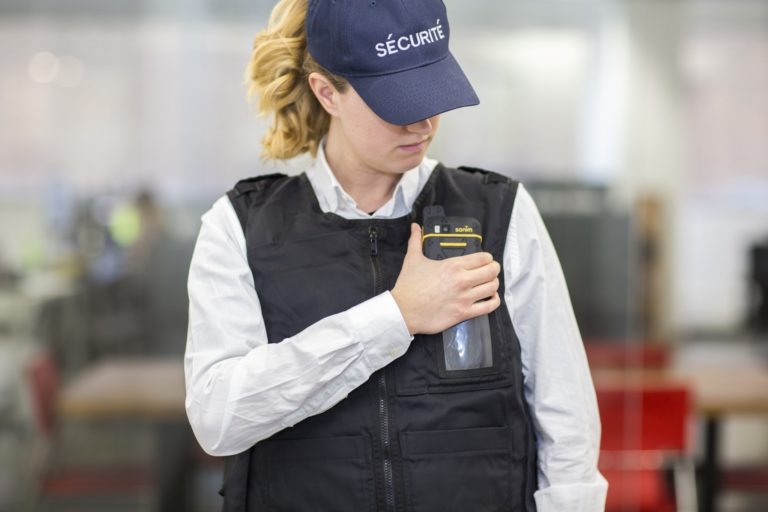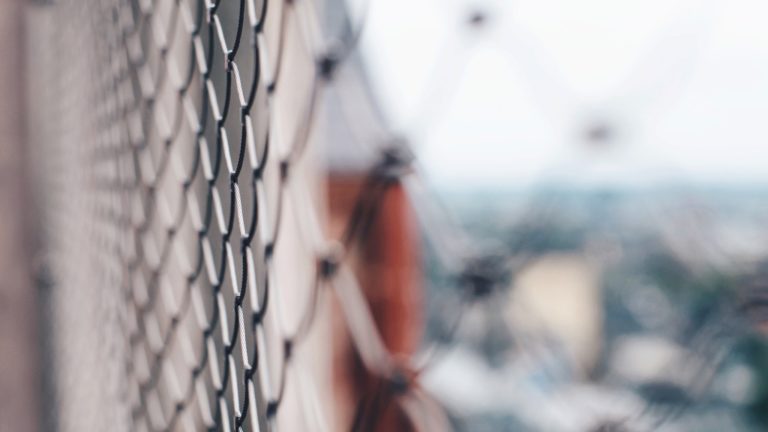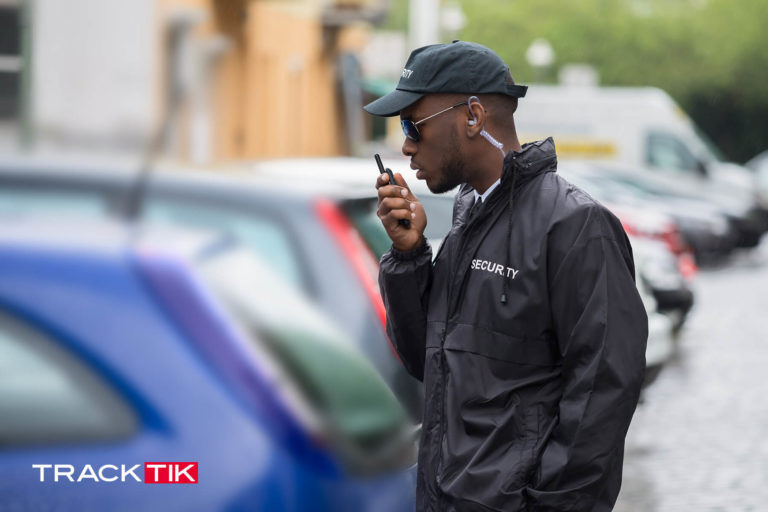While some clients of security guard companies have entire teams of personnel on patrol at their facilities, other clients may only desire (or need) one guard per shift. While utilizing solitary security officers can be an excellent method of saving money–especially for low-risk facilities–there’s no denying that solitary workers can sometimes face challenges beyond their capacity. So how do you protect your guard’s safety, as well as your client’s facility? The answer lies in lone worker monitoring software.
Modern software advances have enabled many security companies to streamline their operations and increase accountability from their employees thanks to GPS tracking, real-time incident reporting, and automated communications. While these features can prove helpful for facilities that have entire teams of security personnel on patrol, they are an absolute must when lone workers are involved.
Consider the following situation: you have a lone worker on patrol after hours at a client facility. Without warning, your security guard goes into cardiac arrest and is unable to call for medical assistance. Without lone worker monitoring software, his medical emergency could very well remain undiscovered by others until the start of the next shift.
With lone worker monitoring software in place, however, you have many resources available to protect this hypothetical guard and ensure he gets the medical help he needs. First is GPS tracking. Tracking software allows you to follow the movements of your guards at all times. While this feature is often touted for its accountability benefits, a prolonged pause in movement can also be one of your first indicators that something is wrong.
Many lone worker monitoring systems also utilize checkpoint locations and automatic alert systems to help you identify when a guard is in need of assistance. For example, many checkpoints can be customized so that a guard needs to check in at a particular location within a set time frame. If your guard fails to check in, an alert is automatically sent to management. Management can then use this information to attempt to establish contact with the guard to figure out what is happening. In the case of the guard experiencing cardiac arrest, the lack of a response could then alert your office team that medical support is needed. In this instance, monitoring software could very well save a life.
Monitoring software can also protect your security personnel in the case of a disputed incident. When it’s the word of a single guard against the word of one of your client’s employees, it can sometimes be difficult to get the truth to come to the forefront. Monitoring software includes many essential reporting features to ensure that an accurate report is provided to both you and your clients. Modern platforms allow for your guards to take video footage and photos in real-time at the location of the incident, while also sending instant alerts to the office support staff that something is amiss. This allows your team to validate your guard’s report–something that could even protect a guard from legal ramifications during a disputed incident.
For any type of serious incident, you can use the added help of GPS tracking to confirm your guard’s location and use their reported information to provide additional support or instructions when necessary. This also allows you to contact your client when a serious emergency occurs.
By providing real-time tracking and notifications, your solitary guard can receive the instructions and support he needs to ensure an incident is properly resolved. This can help him avoid making costly (or even dangerous) mistakes in an attempt to fix the problem.
Whether in a health emergency or a tricky incident, with lone worker monitoring software, you can better protect your guards in any workplace situation. And at the end of the day, there are few things more important than that.



